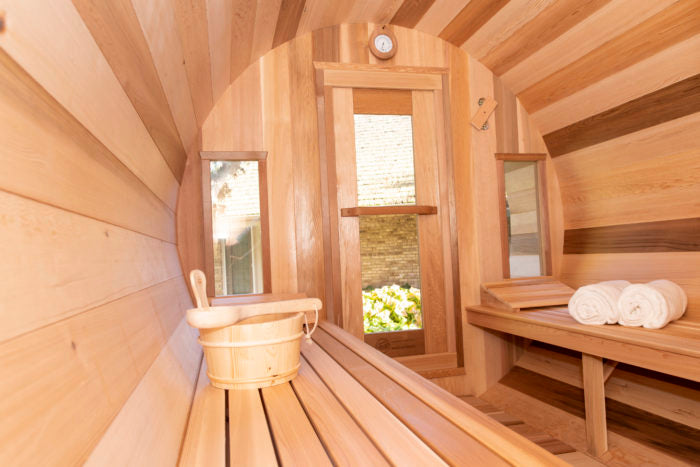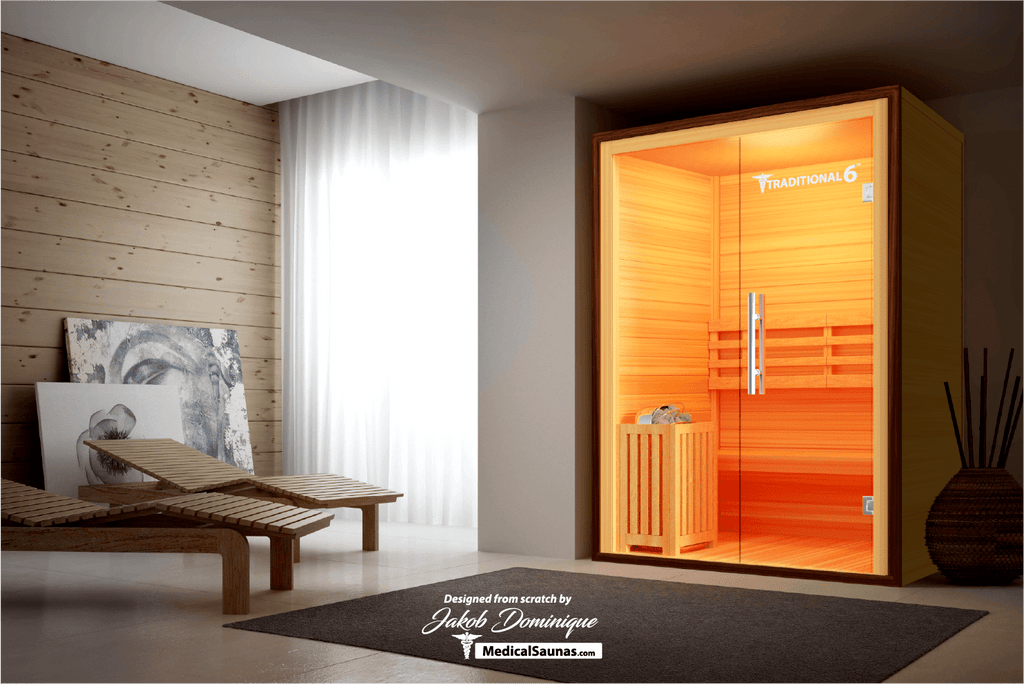The smart Trick of Traditional Sauna That Nobody is Discussing
The smart Trick of Traditional Sauna That Nobody is Discussing
Blog Article
Getting My Traditional Sauna To Work
Table of Contents6 Simple Techniques For Traditional SaunaSome Known Details About Traditional Sauna The Of Traditional SaunaSome Known Questions About Traditional Sauna.Indicators on Traditional Sauna You Should Know
A lot of the weight lost in a sauna is water loss and is re-gained upon rehydrating. Nonetheless, undeniably sauna can be a vital part of a healthy and balanced weight-loss program. To consider the differences in between typical and IR saunas, I will certainly divide these into proven, academic, and fabricated distinctions.Thus, the best factor in the saunawhich is at the ceiling straight over the sauna heateris typically between 185 and 190 F. Claims that a standard sauna goes beyond 200 F is just not real and not appropriate for electrical saunas sold in the US. The temperature level for a far-infrared sauna is typically set between 120 and 140 F; however, unlike the typical sauna, the objective in and IR space is not to attain a heat.
Due to this, the temperature level distinction is practically irrelevant, given that extreme sweating leads to both sauna types, yet the approach of heating the body is different. In an IR sauna the bather will certainly feel hot and will sweat a lot, yet at a lot reduced temperature levels (Traditional Sauna). Hence, if the objective is to spend longer amount of times in the sauna, the IR sauna is an excellent choice
When a traditional sauna has actually been effectively heated, the sauna walls are cozy, the air temperature has actually achieved established temperature level and the rocks are extremely warmed. As a fascinating side note, the heated walls and the rocks are emitting far-infrared heat, combined with the warmed air, to develop an "enveloping warm".
Some Ideas on Traditional Sauna You Need To Know

When the heat is achieved, the elements cycle on and off to keep the heat. The majority of typical sauna individuals enjoy pouring water over the rocks to develop heavy steam to increase sauna humidity levels. The advantages of putting water over the rocks consist of: making the space a lot more comfortable, moistening the nasal passages, and allowing the usage of aromatherapy by blending essential oils with the water.

When the power enters the body, it creates the body temperature level to increase and ultimately results in perspiration. In an infrared sauna it is very important for the emitters/heaters to continue to be on nearly constantly. Given that there is no mass of rocks to preserve warm, the sauna will certainly cool down if the emitters shut down.
As discussed above, the sauna bather in an infrared area wishes to position himself before operating emitters to obtain optimal take advantage of the warm. The home heating time for the two spaces can be very various, depending on just how the rooms are made use of. For a conventional sauna, a bather should allow 30-40 mins for the area to accomplish a wanted temperature level and to correctly pre-heat the rocks.
The Greatest Guide To Traditional Sauna
A well constructed sauna will commonly achieve a temperature of 150-160 F in concerning 30-40 mins. For hotter temperature levels, the room may need to warmth for a longer period.

Typical saunas tend to be larger (therefore make use of even more electrical power) than infrared saunas, although standard saunas are definitely available in one and 2 individual sizes. For a two-person standard sauna, 5x6 or recommended you read 5x7 dimension is most popular. The leading bench can easily seat 2 or three individuals and is also enough time to relax during the sauna session.
8 Easy Facts About Traditional Sauna Described
The ordinary cost per kWH of electricity in the U.S. is around $0.11, so a 4.5 kW heating system will certainly cost roughly $.50 to run for one hour, if the heating unit runs continually for one hour. Generally a sauna heater will certainly run for 75% of the initial hour and 50% of succeeding hours on because the aspects cycle once the set temperature level is attained.

There is a rarely gone over distinction in the social experience between the 2 areas. While our society has actually lost several of the social advantage of the standard sauna experience, it can be extremely socially satisfying (Traditional Sauna). From family members time in the sauna, to heart-felt conversations with better halves, to sauna partiesthe standard sauna experience can result in intimate socializing
Getting My Traditional Sauna To Work
Most higher end infrared areas consist of colored light therapy, click this noise systems and full-glass fronts.
Report this page